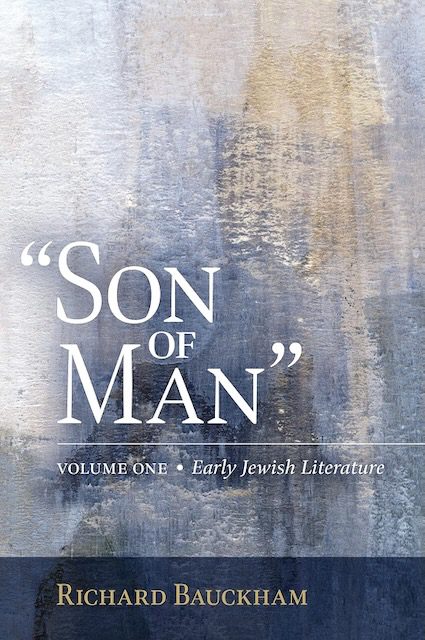Q. In your discussion of the oldest interpretation of Dan. 7 in 4 Q246 you stress on p. 191: “The interpreters of the Hebrew Bible did not think analytically like modern Biblical scholars. They did not compare Dan. 7 and the major prophecies of a new David, observe that they do not have much in common, and see them as offering different eschatological scenarios or different kinds of messianic figures. Rather they thought synthetically. They brought such passages together in such a way that they complemented and interpreted each other. This is why there is no Son of Man figure in early Judaism, a kind of eschatological savior figure from heaven conceived as an alternative to the Davidic ruler of earthly origin.”
I don’t think that this works as a universal explanation of what we find in early Judaism, otherwise we would not find rather clearly distinct ideas about the coming messianic figure at Qumran (2 messiahs? one priestly, one royal), or in Psalms of Solomon (a warrior messiah), or later in Jesus (a decidedly non-belligerent messiah). Yes, there is evidence as you show, that in some contexts, texts are simply blended together in a pick and choose fashion ignoring salient differences between them, but this is not always the case. Sometimes, the ancients did think discretely and sometimes synthetically. It’s not an either/or issue. How would you respond?
A. So the basic idea is that the ideal constitution of Israel as a theocracy should be restored. This requires a Davidic kind, an Aaronic high priest, and a prophet. The first two are called messiahs at Qumran, the prophet (I think) is not. But I think all three are presumed in the community’s own literature. There is also an angelic figure: Michael=Melchizedek=angel of Light. He is the heavenly, angelic figure, who comes to Israel’s aid in the messianic war. Outside Qumran the focus is usually on the royal (Davidic) figure, though I don’t think anyone would have denied that there would be a legitimate high priest too (not of the current sort, then).
Then there is the question of the function of the royal figure. Originally the new David envisaged by the prophets is seen as a figure who rules, but in the circumstances of continuing pagan domination it became popular to think of a figure who would establish his kingdom by fighting and defeating the enemy (of course, with divine aid). This is the kind of figure that seems to be the popular expectation in the Gospels and among the rebels in 66-70. Prophecies could be found to support such a militant figure (Isa 11:4; Gen 49:7; Ps 2:9). Jesus, the early Christians and some Jewish writers after 70 (4 Ezra, the Parables of Enoch) renounced this messianic militarism. Of course, there are lots of minor variations in specific portrayals of the Messiah, but this broad picture I think is common. I don’t think there was ever an alternative between a transcendent figue (Son of Man) and an earthly Davidic one. There is a scholarly obsession with diversity (in Judaism, in messianism, in early Christianity) which I think has been carried too far at the expense of noticing how much was in common.












